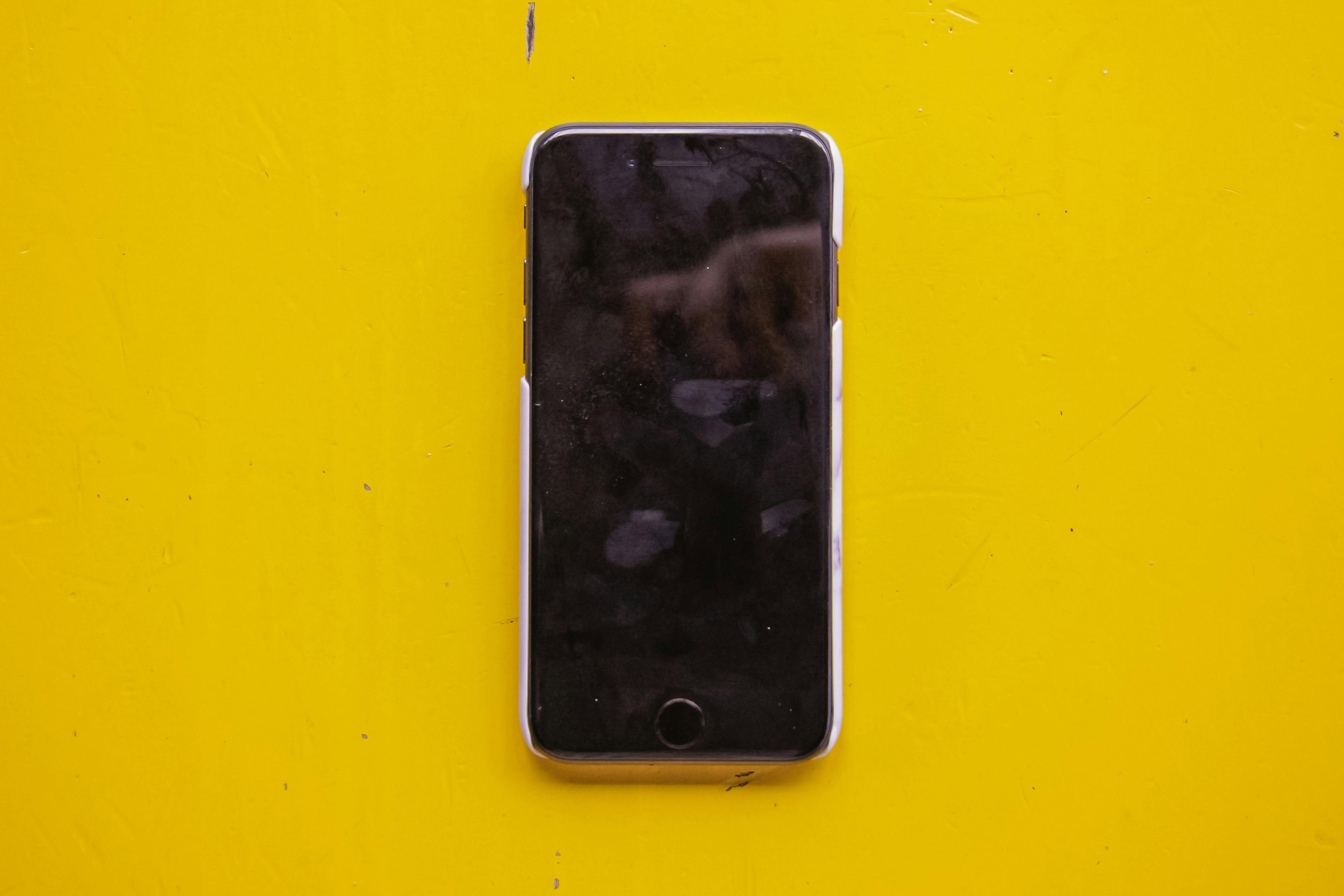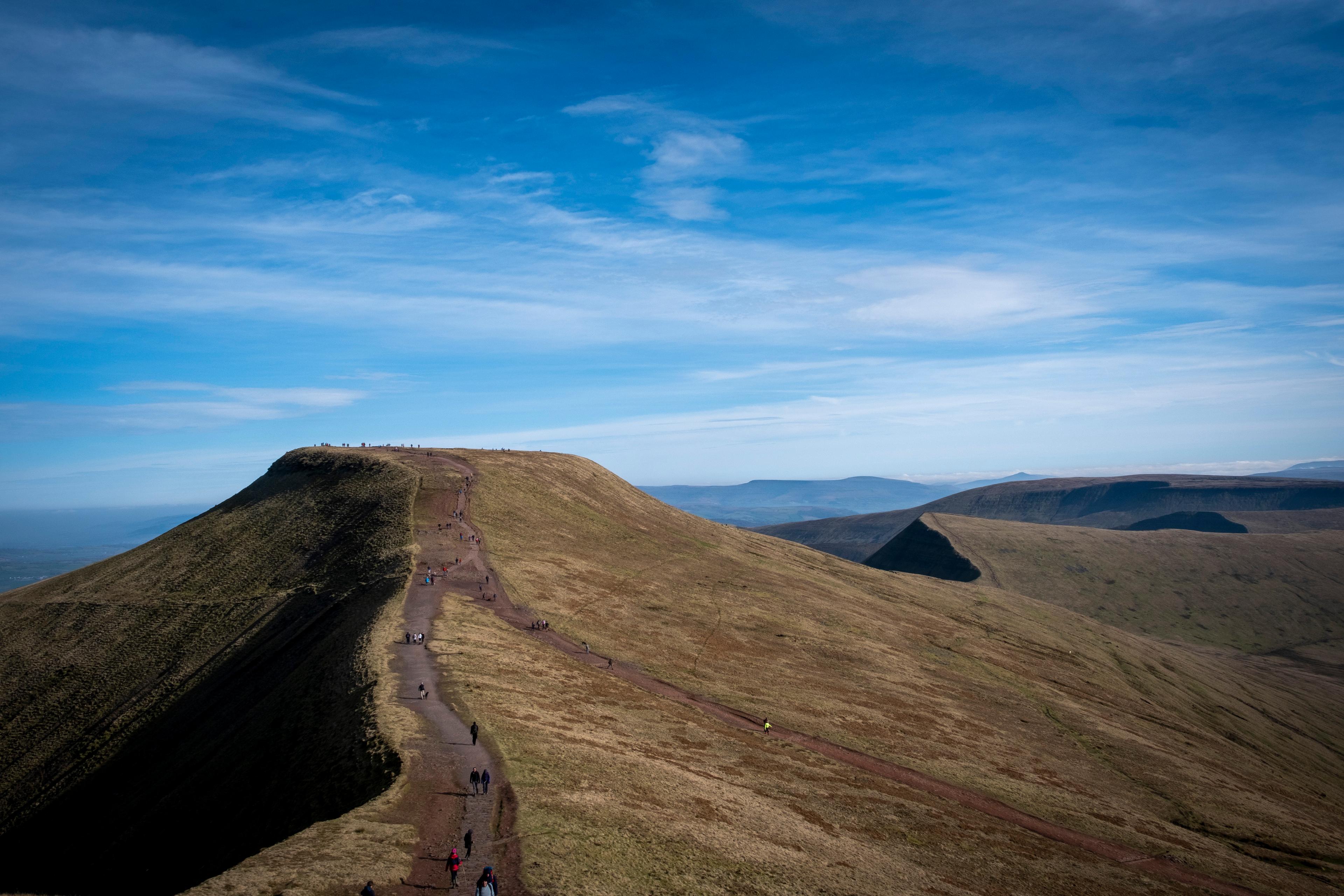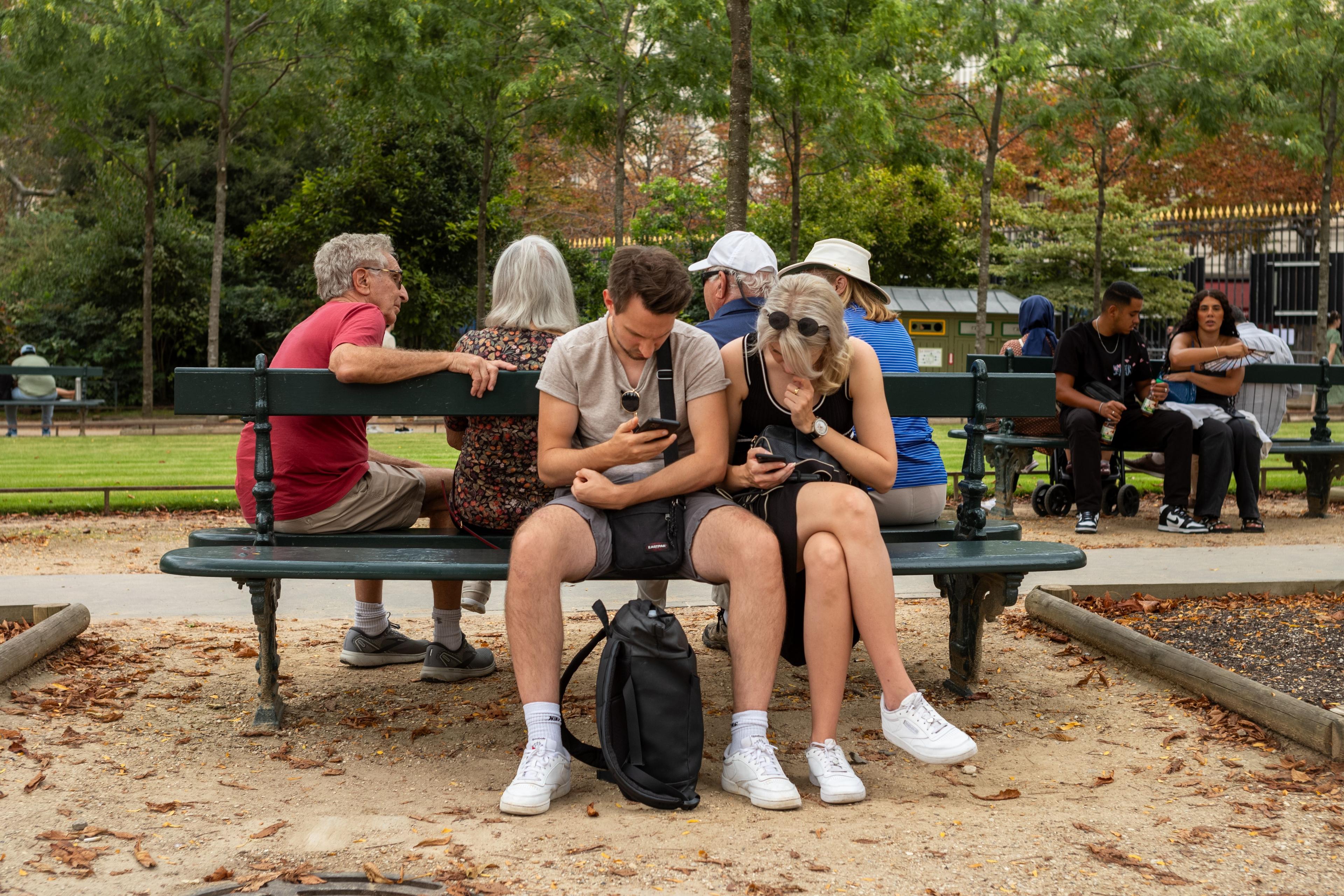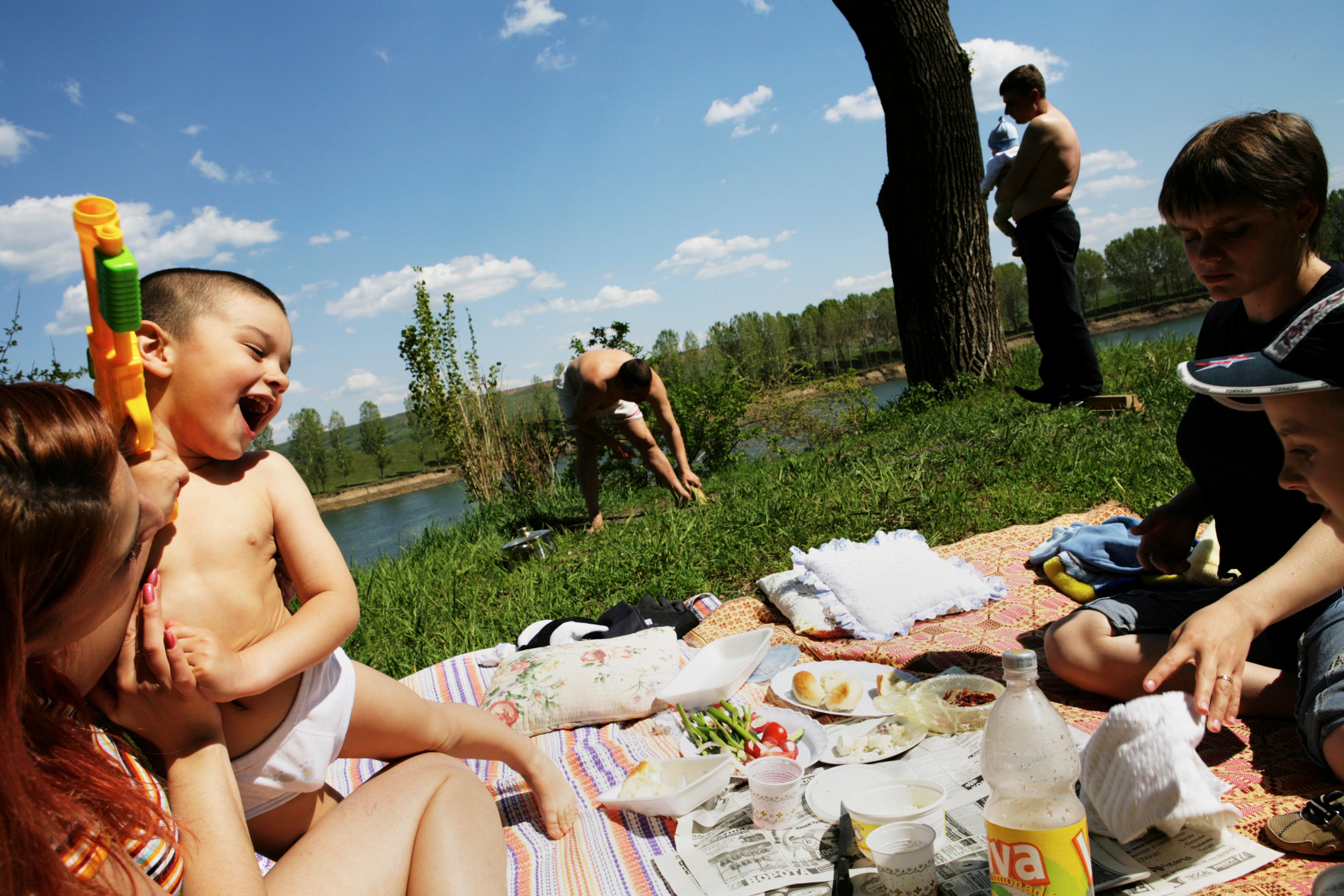Earlier this year, I took a break from my phone for a full week while on vacation in Mexico. My somewhat impulsive decision to forgo an international plan and leave my phone in my hotel room led to one or two tricky situations. But mainly, it was refreshing to live in the present moment. I had been feeling fatigued by social media before the trip – Instagram being my particular vice – so by the end, it truly felt like I’d gone through a detox.
When I inevitably returned to my device, I felt newly, palpably aware of how much time I was wasting on social media. Why was I so easily consumed by parking lot spats, celebrity interviews and videos with captions like ‘___ will leave you speechless’, none of which had any real significance beyond holding my attention? The feeling reminded me of a quote I’d once encountered, about how easy it is to be distracted by disposable content. It perfectly summed up what’s so quietly frustrating about social media these days, but the irony was that I couldn’t remember the exact quote, or even where I’d seen it, due to the sheer amount of content I regularly consume.
I looked everywhere for the origin. I revisited my YouTube history and Instagram posts I’d ‘liked’, feeling horrified at how much time I had spent in the digital world. I thought for sure it was a quote from the YouTuber Mina Le’s insightful video ‘Why Is Social Media Not Fun Anymore?’, or from an audiobook I’d enjoyed. No, it must have been mentioned in one of the countless Instagram Reels that the algorithm has calculatedly served me. Eventually, I gave up my search, a decision that, in itself, was its own relief from the endless cycle of content consumption.











